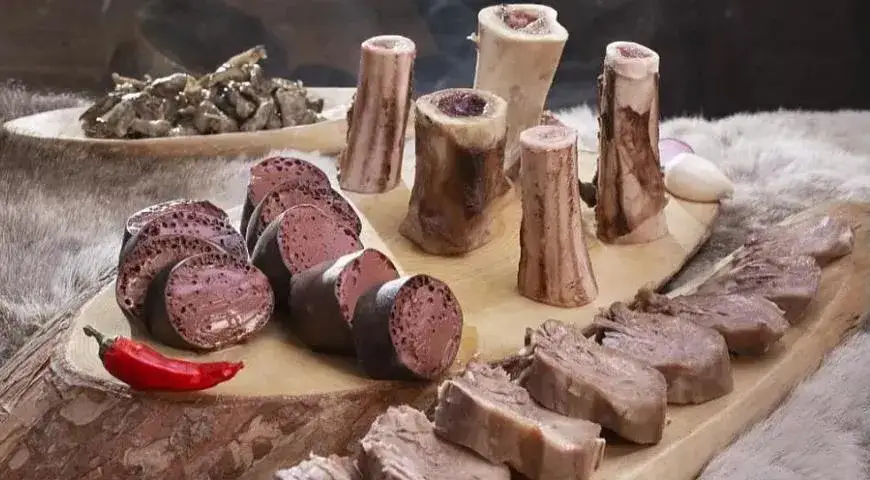Kumquat: What is this Fruit? How to Choose, Eat, and Enjoy its Benefits
Kumquat – a fruit often mistaken for its citrus relatives, mandarin and orange. Despite not being as popular, kumquats hold unique qualities worth exploring. Let’s dive into what makes kumquat special.
What is Kumquat? Insights from the "Britannica Encyclopedia"
The kumquat is a species of evergreen shrubs or trees from the Rutaceae family, which includes 170 genera, among them, the Citrus genus. Also known as fortunella and kinkan, this fruit was introduced to Europe in 1864 by Robert Fortune, a collector from the London Royal Horticultural Society. The word kumquat derives from a Cantonese term meaning "golden orange."
Historically referenced in Chinese literature as early as the 12th century, kumquats are cultivated in India, Japan, Taiwan, the Philippines, and Southeast Asia.
The kumquat plant reaches heights of 2.4 to 3.6 meters, featuring branches primarily free from thorns, with glossy dark green leaves and white flowers that appear singly or in leaf axils clusters.
The fruit is bright orange, oval-shaped, approximately 2.5 cm in diameter. Depending on tree size, a kumquat may yield hundreds or thousands of fruits yearly.

Types and Hybrids of Kumquat
The oval kumquat or nagami is the most common type, growing in southern China. In China, the egg-shaped kumquat, or meiwa, is also found. Japan is home to the round kumquat or marumi.
Scientists in the United States have created hybrids of kumquat with lime, mandarin, and other citrus fruits. Known hybrids include:
- Kumandarin - Mandarin and Kumquat
- Limequat - Lime and Kumquat
- Lemonquat - Lemon and Kumquat
- Orangequat - Mandarin Unshu and Kumquat
- Citrangequat - Citrange and Kumquat
- Citrumquat - Trifoliate and Kumquat
- Kukle - Clementine and Kumquat
- Procimequat - Limequat and Hong Kong Kumquat
Kumquats are now grown in China, Japan, South and Southeast Asia, Israel, the USA (Florida), southern Europe (Greece), Africa, Australia, and even southern Russia (Krasnodar Krai) and Georgia.

How to Choose and Store Kumquats
Elena Pavlova, a food quality expert, advises: “When selecting kumquats, ensure there are no spots or damages on the peel. If possible, gently squeeze the kumquat to select the plumpest and firmest fruits. Pay attention to their color: choose vibrant orange kumquats rather than green ones.
The most known types in our stores are nagami and meiwa, with the latter being sweeter.
Kumquats can be stored in the refrigerator for up to 4 weeks or at room temperature for a few days. Avoid storing them near strongly aromatic foods to prevent the peel from absorbing foreign scents.”
The Health Benefits of Kumquat
Kumquat peel is rich in antioxidants and fiber. A serving of these citrus fruits provides more fiber than most other fresh fruits.
The essential oils of kumquat leave a fragrance on the hands and in the air, with limonene being the most famous antioxidant compound.
The pulp contains vitamin C (about 8 mg per fruit). Kumquats have no cholesterol, low fat, and sodium content.
In folk medicine of some Asian countries, kumquat treats colds, coughs, and other respiratory inflammations. Research indicates that kumquats contain compounds that support the immune system.

How to Eat Kumquats
It is best to eat kumquats whole, unpeeled. Kumquats have sweet, thin, edible skin that balances the tart and tangy pulp.
If you're troubled by the tartness, cut one end of the kumquat and squeeze out the juice before eating. Gourmets suggest placing the whole fruit in your mouth to enjoy the harmony of this smallest citrus. The longer you chew a kumquat, the sweeter it tastes.
Culinary Uses of Kumquat
Kumquats are excellent not only raw. They make wonderful candied fruits, jams, and jellies. Kumquats also produce excellent syrups, infusions, and liqueurs.
Use kumquats to prepare sauces for pork and chicken, or add a handful to lamb for a uniquely flavored dish. Caramelized kumquats can be mixed with rice and used to stuff duck. Round slices are great in fruit salads and cocktails: they are decorative and pleasantly aromatize drinks and desserts. Additionally, "golden oranges" make refreshing ice cream and toning sorbets, especially when combined with champagne.


